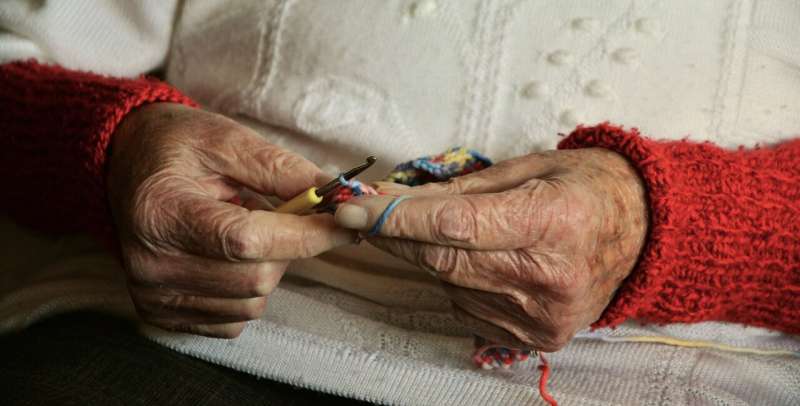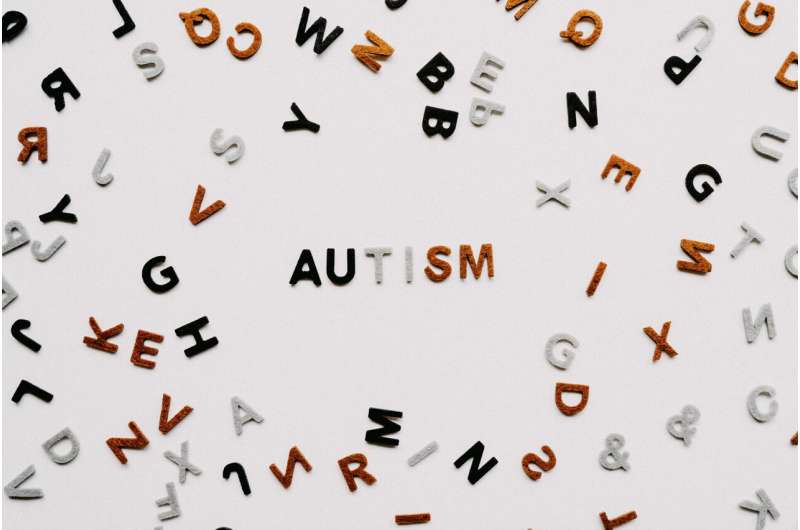How Cell Mutations in Tissues Influence the Aging Process

Discover how somatic mutations in muscle and blood vessel tissues accelerate aging and contribute to age-related decline. New research highlights the role of genetic changes in tissue deterioration and potential therapeutic targets.
Recent research from Karolinska Institutet in Sweden has shed light on how age-related mutations in muscle and blood vessel tissues can impact the aging process and contribute to health deterioration over time. Published in Nature Aging, these studies reveal that somatic mutations—genetic changes acquired in cells during one’s lifetime—can impair tissue function and regenerative abilities.
Somatic mutations occur due to environmental exposures or DNA copying errors during cell division. While widely associated with cancer development, their influence on normal tissue aging has been uncertain. The new studies demonstrate that mutations accumulating in muscle cells and vascular tissues can diminish muscle strength and hasten blood vessel aging, which are key factors in age-related decline.
Principal investigator Maria Eriksson explains that these mutations can hinder the tissues' ability to repair and regenerate, leading to weakened muscles and compromised blood vessels. Interestingly, the research identified a mutation similar to that causing progeria, a rare rapid-aging disease. In 2003, Professor Eriksson uncovered that progeria results from a genetic mutation producing a harmful protein called progerin. The current studies found this mutation and protein also present in the blood vessels of some patients with chronic kidney disease, suggesting a link between somatic mutations and vascular damage in disease states.
In experiments with mice, researchers observed that cells with progerin can spread and cluster along vessel walls, contributing to tissue damage and early vascular aging. This indicates that somatic mutations in vascular tissues may promote tissue deterioration in aging.
The second study employed mouse models to explore how somatic mutations in muscle tissue affect strength. Results showed that accumulating mutations impairs muscle regeneration, results in smaller muscle cells, decreased muscle mass, and weaker grip strength, highlighting how genetic alterations influence muscle aging.
These findings demonstrate that somatic mutations are instrumental in reducing tissue function and accelerating degenerative aging processes. Understanding these mechanisms could lead to novel biomarkers for early detection and targeted treatments for age-related diseases. Moreover, studying rare genetic conditions like progeria offers valuable insights into common aging pathways.
Overall, this research emphasizes the significance of genetic stability in tissues and opens avenues for interventions aimed at minimizing mutation accumulation, potentially improving health span and delaying age-related decline.
Stay Updated with Mia's Feed
Get the latest health & wellness insights delivered straight to your inbox.
Related Articles
Innovative Large Language Model Enhances Patient Understanding of Radiology Reports
Stanford's RadGPT is a new AI-powered tool designed to simplify radiology reports, helping patients understand their scan results and improve communication with healthcare providers. Published in the Journal of the American College of Radiology, this system promises to make medical information more accessible and patient-friendly.
The Critical Role of Social Connection in Health Recognized by Recent Research
Emerging research underscores the underrecognized yet significant impact of social connection on health and longevity, urging a shift in healthcare and public awareness.
FDA Upgrades Dubai Chocolate Spread Recall to Level 1 Due to Salmonella Threat
The FDA has escalated the recall of Dubai's popular chocolate spread due to salmonella contamination, posing serious health risks. Learn about the affected products and safety measures.



